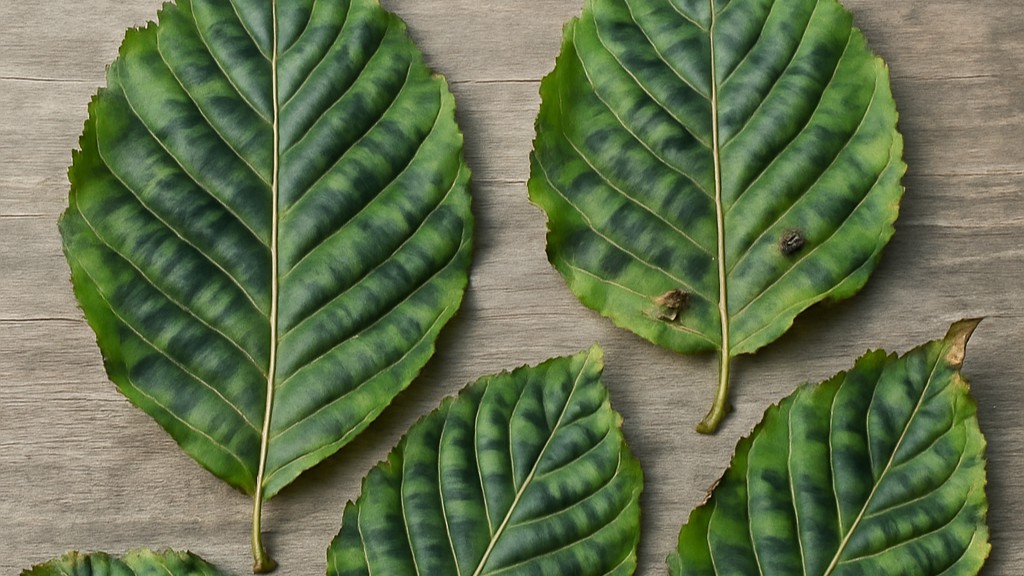Beech leaf disease (BLD), a growing threat to hardwood forests across North America, has now led to the first documented tree deaths in Maine. Foresters recently confirmed that infected American beech trees in the MidCoast region have died as a direct result of the disease, marking a grim milestone for a species deeply rooted in the state’s forest ecosystem.
BLD is caused by a microscopic nematode (Litylenchus crenatae mccannii) that infiltrates the buds and leaves of beech trees. These roundworms disrupt normal leaf development, resulting in dark banding, curling, and eventual canopy thinning. Over multiple seasons, the damage progresses, reducing the tree’s ability to photosynthesize and weakening it to the point of death.
Widespread Across Maine
Since its first appearance in Ohio in 2012, BLD has spread rapidly throughout the northeastern U.S. It was first detected in Maine in 2021. As of 2025, the disease has now been confirmed in all 16 counties of the state. The recent discovery of tree deaths underscores how serious and persistent the problem has become.
American beech trees are a key component of Maine’s mixed hardwood forests. They provide essential habitat and a rich source of food for numerous wildlife species, including black bears, wild turkeys, squirrels, and birds. In particular, the nutrient-rich beechnuts are a staple food source in the fall, supporting animals as they prepare for winter.
How Beech Leaf Disease Progresses
The nematode responsible for BLD lives inside the leaf tissue and buds of beech trees, making it difficult to detect and control. During the growing season, infected leaves begin to display dark, interveinal bands, especially visible when held up to the light. These visual symptoms are followed by leaf distortion, stunted growth, and premature leaf drop. With repeated annual infections, the tree’s overall health declines rapidly.
Unlike other tree diseases that affect bark or root systems, BLD focuses entirely on the tree’s photosynthetic apparatus—the leaves—thereby striking at the core of the tree’s survival mechanism. Over time, the crown becomes sparse and branch dieback occurs, leading to mortality in severe cases.
Recognizing the Symptoms
Early detection is essential to slowing the spread of BLD, especially on private land or in urban forests. Signs to watch for include:
- Dark bands between leaf veins, often running parallel to the midrib
- Thickened or leathery leaves that curl or crinkle
- Reduced leaf size and overall canopy thinning
- Premature leaf drop starting in mid-to-late summer
- Delayed bud break or failure to leaf out in spring
These symptoms can sometimes resemble other stress factors such as drought or insect infestation, so close inspection is advised.
Why This Matters for Forest Ecosystems
Beech trees play a significant ecological role in Maine’s forests. As a dominant understory species, especially in northern hardwood stands, they contribute to biodiversity and structural complexity. The loss of beech could open forest gaps, increase soil erosion, and shift species composition over time.
Wildlife that depend on beechnuts could face food shortages, leading to cascading effects on foraging patterns and reproductive success. Even rare species like the early hairstreak butterfly rely on beech saplings for their lifecycle.
Limited Options for Control
At this time, no widespread forest treatment is available to stop or reverse BLD. For large tracts of forest, the focus remains on monitoring and research. However, homeowners and landowners managing individual trees may consider the following steps:
- Monitor tree health regularly for early signs of BLD
- Avoid pruning during active growing seasons to reduce stress
- Keep soil healthy through proper mulching and watering during dry periods
- Only burn local firewood to reduce the risk of transporting infected material
- Report symptoms to local forestry departments to aid in statewide monitoring
Some experimental treatments using bio-insecticides and soil drenches are being tested for landscape trees, but none have been approved for large-scale use in forests. Researchers continue to study the nematode’s life cycle, genetic resistance in beech trees, and environmental factors that may influence disease spread.
What’s next for beech trees in Maine?
The confirmation of beech tree deaths in Maine marks a critical moment for forest management and conservation efforts. While the disease is not yet fully understood, its impact is undeniable. With vigilance, research, and responsible land stewardship, forestry professionals hope to manage the damage and preserve what remains of Maine’s beech populations.
As forest conditions change, landowners and outdoor enthusiasts are encouraged to stay informed and take simple actions to protect local woodlands from further spread of this emerging threat.
